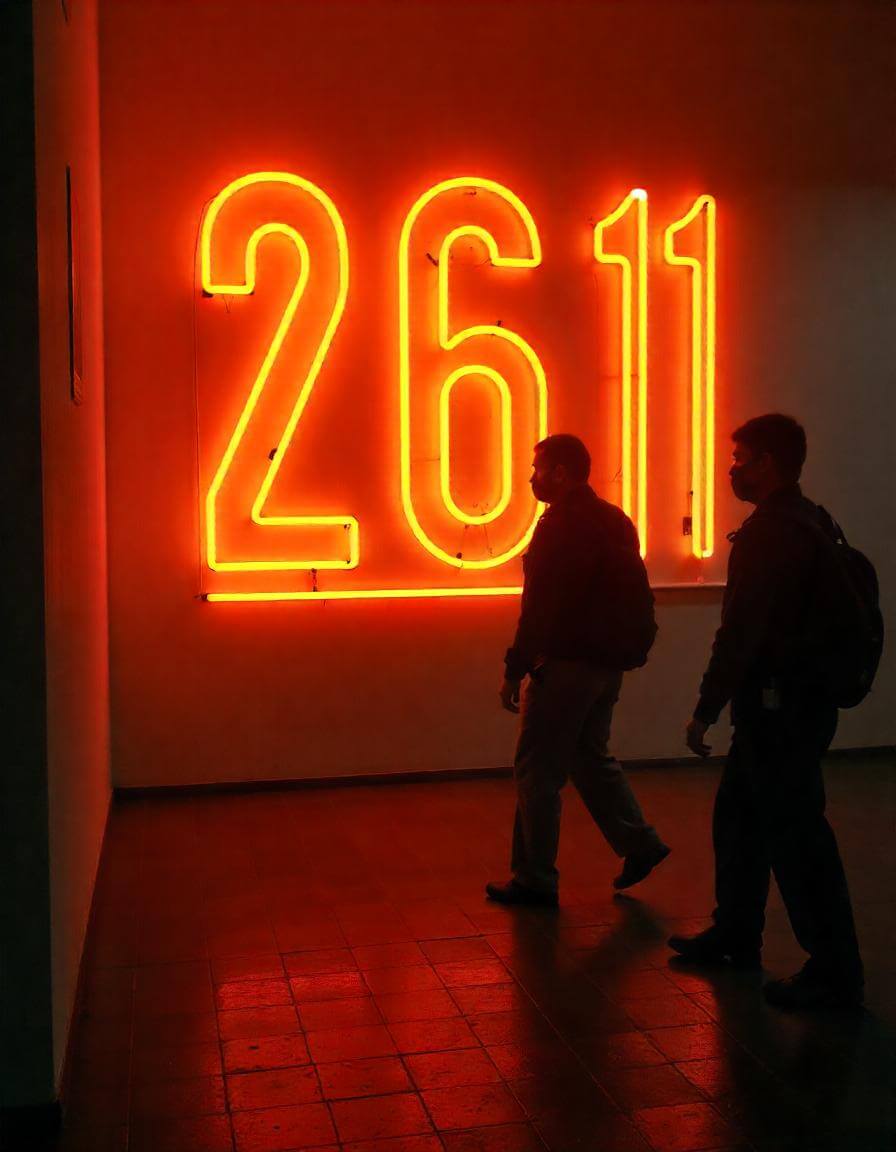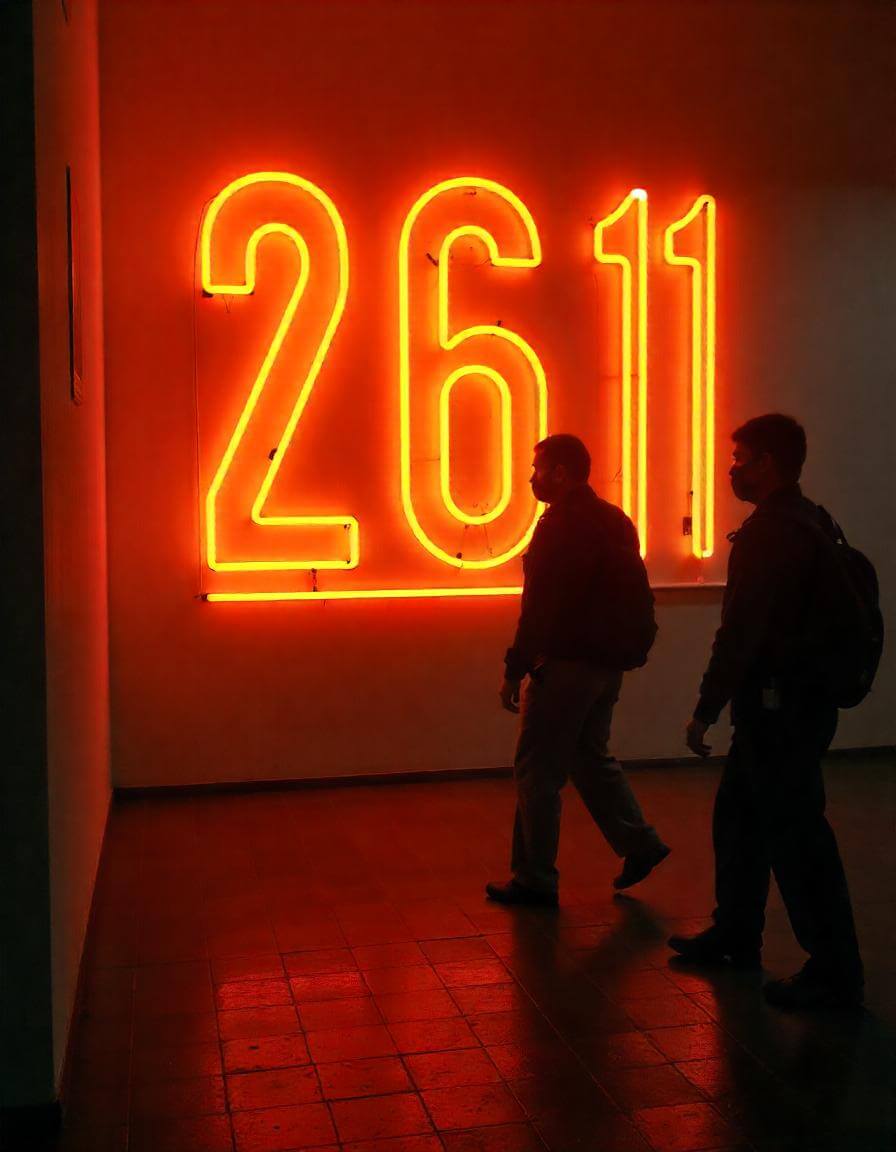“26/11” is the moniker used to describe the 26/11 2008 Mumbai, India terrorist acts. Often regarded as one of the most startling and terrible terror acts in recent Indian history as well as worldwide, this sad and very significant event shapes the nation. A group of terrorists connected to the Pakistani militant group Lashkar-e-Taiba (LeT) carried out the assaults, and the dead toll and the general turmoil they generated had a long-lasting effects on India and the globe.
Attack Timeline for 26/11
Beginning on the evening of November 26, 2008, ten armed terrorists who had arrived by sea from Pakistan started a sequence of planned strikes at several sites throughout Mumbai. Equipped with advanced weaponry, these terrorists broke out into five groups with targets ranging from
One of Mumbai’s most famous and opulent hotels, Taj Mahal Palace Hotel turned the scene of a protracted siege.
Another opulent hotel in the city the terrorists were targeting was Oberoi Trident Hotel.
Popular tourist destination Leopold Cafe was targeted by gunmen.
Chhatrapati Shivaji Maharaj Terminus (CST) is a major Mumbai rail station where multiple travelers perished and suffered.
Nariman House is a Jewish community center where the terrorists hostages-took.
Over sixty hours of attacks, the terrorists methodically targeted individuals, kidnapped hostages, and engaged in gunfights with the police and security agents. Though the events transpired in a highly complicated and horrific way, the police and National Security Guard (NSG) troops were rapidly summoned to contain the situation.

The Siege within the Taj Mahal Palace Hotel
The Taj Mahal Palace Hotel hosted the most spectacular and extensively reported portion of the attack. Killing innocent people and grabbing hostages, the terrorists invaded the hotel. The hotel suffered severe damage and the siege resulted in a standoff lasting more than twenty-four hours. Aiming to kill foreigners and well-known targets, the terrorist gang caught numerous guests inside the premises unable to flee from the heavy shooting.
Working nonstop to free hostages and destroy the terrorists, a squad of commandos from Mumbai Police and India’s National Security Guard (NSG) made Hemant Karkare, the commander of the Maharashtra Anti-Terrorism Squad (ATS), lost his life during the operation during a gunfight. Several other courageous police and security officials perished as well.
Other Attacks
Apart from the strikes on the Taj Mahal Palace Hotel, the Oberoi Trident Hotel was also the target of gunfire during a protracted siege lasting several hours. Renowned among foreign visitors, Leopold Cafe was assaulted by terrorists opening fire on its customers, killing numerous people.
At CST, a constantly crowded railway station, the terrorists randomly target civilians, killing at least 50 persons and seriously wounding many more. Targeting a Jewish community center, Nariman House, the terrorists kidnapped a Rabbi and his family. Tragically, all of the hostages were slain in Nariman House.
The Losses
164 people, including 26 foreigners, died in the attacks on 26/11. More than three hundred persons suffered, many of them quite gravely. Among the dead were international visitors, police personnel, hotel employees, and defenseless residents. Still among the biggest inflicted by a single terrorist strike in India is the death count from this horrifying tragedy.
Mumbai staggered and the country was in shock after the incident. Particularly in terms of counter-terrorism operations and preparedness, the scope and exact planning behind the attack brought to clear focus the weaknesses in India’s security architecture.
Research and Aftermath
The inquiry into the 26/11 attacks found that the terrorists had travelled by sea from Karachi, Pakistan, to carry out the strikes and were trained in naval warfare. Throughout the operation, the assailants kept touch with their Pakistani handlers. India expressed worries about the involvement of terrorist groups based on Pakistan following the strikes and urged that Pakistan answer for them and punish those engaged.
One of the attackers, Ajmal Kasab, was seized alive by Indian officials. His capture gave important new perspectives on the attack’s preparation and execution; the media watched his trial attentively. After a protracted court procedure, Kasab was executed in November 2012 following a death sentence.
The 26/11 attacks made clear India’s security and counterterrorism policies needed changes. India’s intelligence and counter-terrorism departments underwent major reorganization following the assaults. Established was the National Investigation Agency (NIA), and enhanced to handle upcoming threats the Anti-Terrorism Squad (ATS).
Global and National Effect
Globally as well as India, the 26/11 attacks had significant consequences. Globally, the strikes drew attention to the threat that terrorism poses, as governments all around denounced the acts. Many nations, particularly the United States and the United Kingdom, promised India’s struggle against terrorism their help.
Attacks in India caused a reconsideration of national security strategies. The Indian government aimed to raise counter-terrorism capacity, boost intelligence sharing, and implement more rigorous border security policies.
memorials and celebrations
India honors the lives lost and the bravery of the security personnel battling the assailants on November 26 each year. Memorial services and honoring ceremonies take place at the National War Memorial in New Delhi as well as at the sites of the attacks. The 26/11 memorials also act as a remembrance of the first responders’ sacrifices—that of police, firefighters, and NSG commandos among others.
At last
The terrible events of the 26/11 attacks in Mumbai underline the worldwide aspect of terrorism and the resiliency of Mumbai’s people, therefore reflecting the history of India. Although the attackers inflicted great suffering and death, the country pulled together in solidarity and the bravery shown by security personnel is still a sign of courage always. The strikes also altered India’s counter-terrorism strategy and underlined the need of ongoing alertness in a society where the threat of terrorism is always there.
If you are interested the Article this is the llink below; 16 years since 26/11 the horrific mumbai terrorist attack Spotify $ UMG accussed by drake to there song ‘Not like us’

